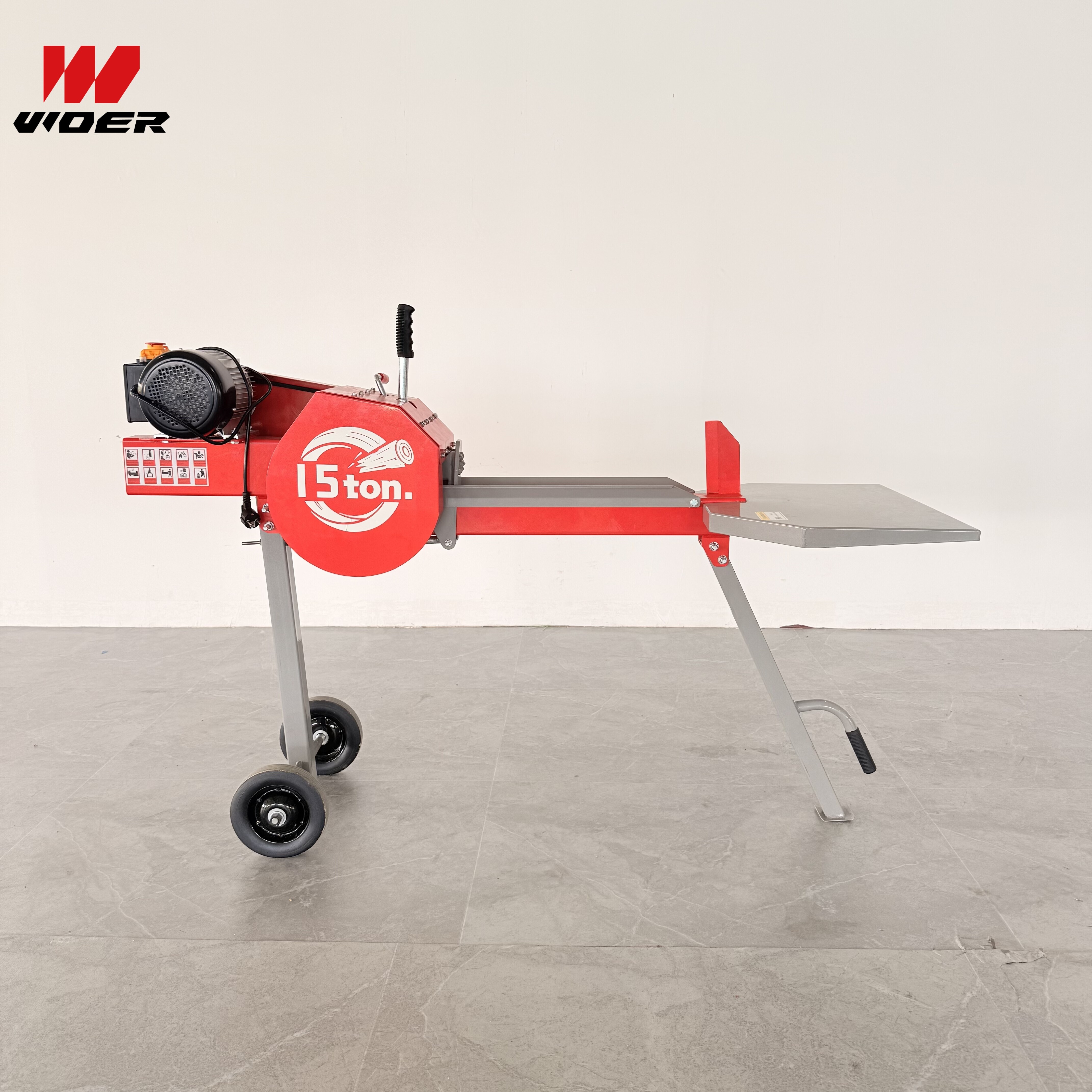Navigation
Contact us
Phone
Message

Energy-Saving Technologies and Environmental Benefits of Wood Splitters
Q1: What are the main energy-saving technologies used in modern wood splitters?
A1: Modern wood splitters use efficient hydraulic systems, electric motors, variable speed control, and optimized wedge designs to reduce energy consumption while maintaining performance.
Q2: How do hydraulic systems contribute to energy efficiency?
A2: Hydraulic systems allow precise control of force and speed, ensuring energy is used only when needed. This reduces fuel or electricity consumption compared to older or manual methods.
Q3: Are electric wood splitters more environmentally friendly than gas-powered models?
A3: Yes. Electric models produce zero direct emissions, operate quietly, and have higher energy efficiency, making them ideal for eco-conscious users.
Q4: How does proper maintenance enhance energy efficiency?
A4: Regularly checking hydraulic oil, sharpening wedges, and cleaning the machine reduces resistance and energy loss, ensuring the splitter works efficiently.
Q5: What environmental benefits do wood splitters offer in forestry and firewood production?
A5: They reduce manual labor and waste, optimize wood utilization, minimize emissions (for electric models), and contribute to sustainable forestry practices.
Q6: Can energy-efficient wood splitters lower operational costs?
A6: Yes. Reduced fuel or electricity usage lowers energy costs, and increased efficiency reduces labor time, leading to overall savings.
Q7: How do modern designs minimize noise pollution?
A7: Electric motors and optimized hydraulic systems operate quietly, reducing noise compared to manual axes or older gas-powered splitters.
Q8: Are there any certifications or standards for eco-friendly wood splitters?
A8: Some manufacturers follow ISO energy efficiency standards or offer electric models that meet environmental regulations for reduced emissions and sustainable production.
Q9: How does using a wood splitter reduce wood waste and environmental impact?
A9: Precision splitting produces uniform logs with minimal leftover fragments, ensuring more of the harvested wood is usable and reducing overall waste.
Q10: What is the future trend for environmentally friendly wood splitters?
A10: Trends include fully electric models, smart energy management, recyclable materials, and integration with sustainable forestry practices to further reduce environmental footprint.

This stunning beach house property is a true oasis, nestled in a serene coastal community with direct access to the beach.
Contact
West Street, Melbourne Victoria 3000 Australia